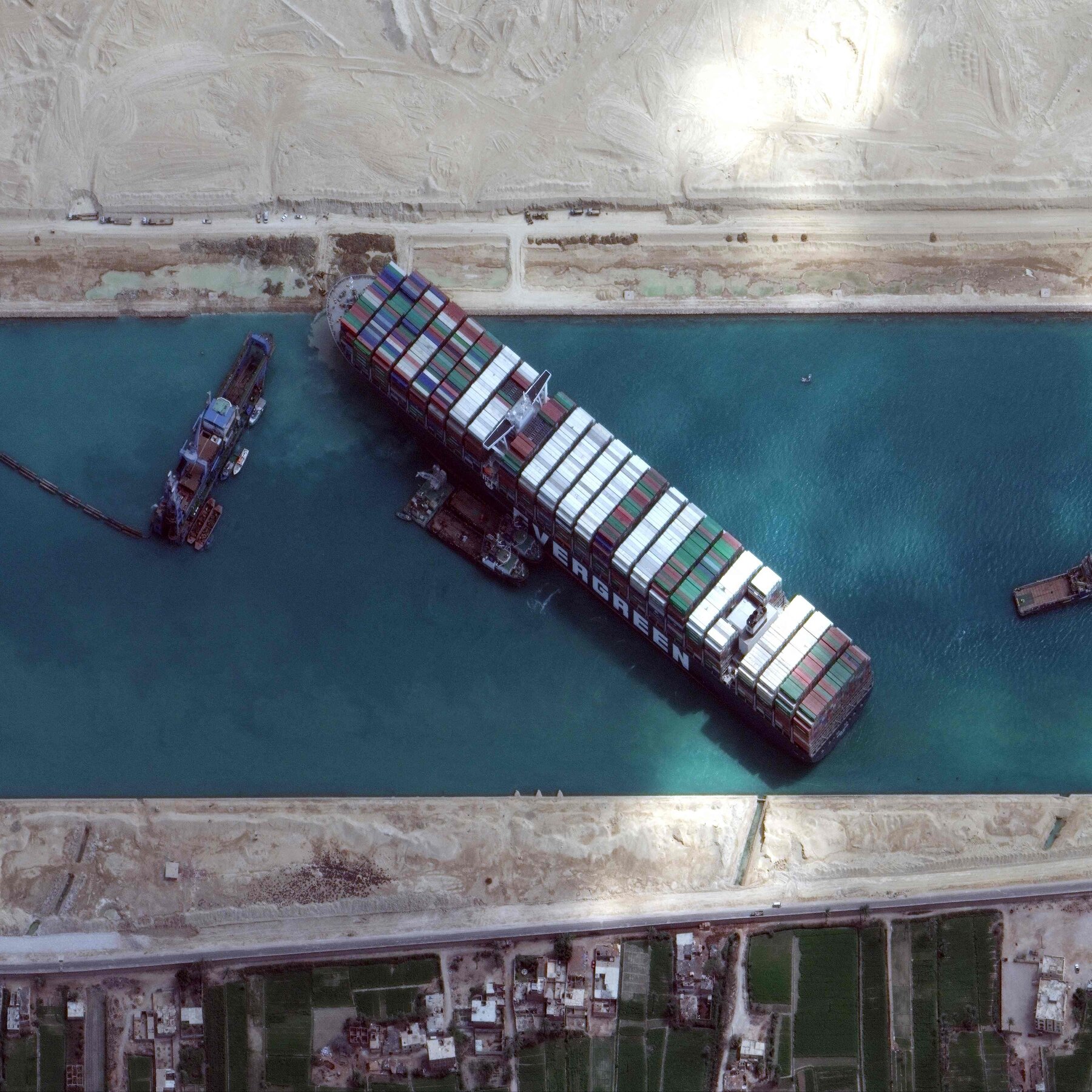The first time I heard of system design was during the supply chain problem during and after covid. I was talking to a CTO in a shipping logistics company, and he told me that the main issue in the supply chain problem was due to the finite number of containers that go back and forth across the ocean between North America and Asia, which is how we get all our goods.
During Covid, one of the measures to ensure that there is no virus transmission through import, Containers were supposed to be quarantined for 15 days after arriving at major ports in Canada and the US. which means that the ship that brought them to north America had to wait for 15 days until it can bring the empty containers back, or go back empty handed.
I asked the guy, why don’t you make more containers and solve the problem, and he said that this is not a long term thinking, because they knew that these measures were temporary and that making extra containers will result in an unneeded surplus that they cannot afford to keep around later on.
I asked him, what about syncing the ship trips to make sure that a ship leaves the containers in quarantine and goes back, and when the next ship comes with new containers after 2 weeks, it can pick up the emptied, out of quarantine containers. turns out that the logistics of syncing ships like this meant that a fleet will have to sit idle for up to 4 weeks before they can start implementing this back and forth system, which is a great financial loss for them, especially in the covid era where everyone was left without work and profit for months.
This is an illustration of what I now understand as systems thinking: solving a system problem is not solving micro-problems in the system while not looking at the global system view of profit, loss, and circulation.
Making extra containers or syncing ship movement was the equivalent of what Meadows used as a metaphor where the blind villagers were touching the elephant’s trunk thinking that this is the entire elephant. The bigger picture is completely different, and can potentially necessitate very different designs than fixing small cogs in the system.
I like Birger Sevaldon’s idea of the design of change, the design as change, the design for change and the design into change. If I understand this correctly, designing the change becomes a changing factor in redefining the system; the process becomes an active tool in itself, and it therefore becomes a part of the system. so, the system change is now inherently part of the system.
How does that translate into the shipping logisitics terms? When we design ways to change the global goods transport system, we are not modifying the syetem and walking away. We are designing the ways to implement change in the system itself so that it can become adaptive? does that mean that system design is ultimately designing constantly self-reconfiguring systems?

Leave a Reply